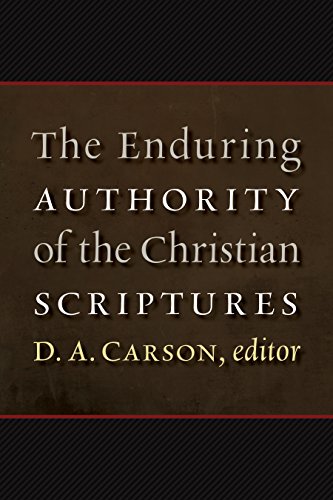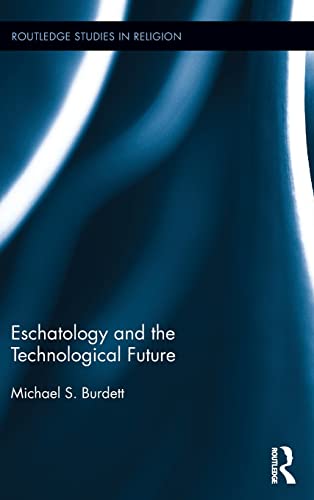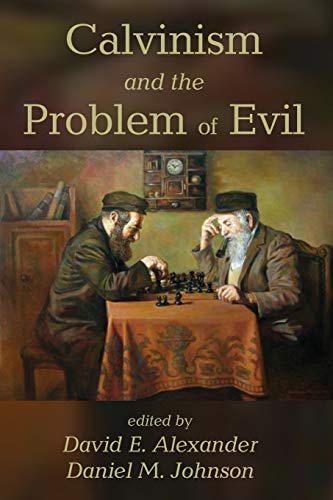The Significance of Exemplars for the Interpretation of the Letter of James
Written by Robert J. Foster Reviewed By Daniel K. EngIn this updated University of Birmingham thesis, Robert Foster examines the portrayal and role of the four named Old Testament exemplars in the epistle of James: Abraham, Rahab, Job, and Elijah. After investigating each figure in a range of documents, Foster inspects the role of the examples of these figures in James, formulating a framework for interpreting the letter of James as a whole.
After a brief initial chapter outlining his methodology, Foster’s second chapter addresses the foundational issues of genre, structure, date, and authorship. Acknowledging the historical difficulties presented by these matters, he tentatively categorizes James as “paraenetic encyclical” (p. 14), dating James’s letter between 40 and 62 CE (p. 24).
In chapter 3, Foster thoroughly examines James 1, positing that James is built around the themes introduced its opening, which link perseverance through testing to the goal of maturity-perfection. These themes are built around the “catchwords” πειρασμός, πίστις, ὑπομονή, ἔργον, and τέλειος, with their corresponding cognates. Foster contends that the author of James draws the hearer back to the interrelatedness of these themes as they occur in seemingly isolated segments in the rest of the document (pp. 48–49). Foster then gives attention to James’s eschatological view and the epistle’s connection with the Jesus tradition.
Chapter 4 discusses Abraham, who is presented in James with regard to his offering of Isaac. Foster explores how Abraham has been depicted in the Hebrew Bible, deuterocanonical books, Jubilees, Qumran documents, Philo and Josephus, and other New Testament documents, before examining Abraham in James. Special attention is given to the Akedah and how it informs the interplay between faith and works. Foster concludes this section affirming that the reference to Abraham shows that the author of James is concerned with the audience’s praxis (p. 103).
Rahab the harlot is the subject in chapter 5, presented in James as one who shows complete commitment to God. Foster investigates her portrayal in the Hebrew Bible, early Judaism, Matthew, Hebrews, and 1 Clement, before examining James. Notably, Foster proposes that Rahab is an example of hospitality to others, and that she did something that Abraham never did—entrust her own life to God (pp. 120–27).
In discussing Job in chapter 6, Foster surveys his portrayal in the Hebrew Bible, Second Temple Judaism, and rabbinic thought. He argues that the understanding of Job as an example of patience and endurance (ὑπομονή) is rooted in the Testament of Job rather than the canonical account. Job is an appropriate example in James because he achieved the end, being found complete, lacking nothing (Jas 1:4). Foster contends that Job, along with the prophets, fulfills the exemplary function of one who has perseverance (p. 163).
In chapter 7, Foster examines Elijah, commended in James 5:17–18 for his powerful prayer. The author inspects the narrative of 1 Kings 17–19, then surveys Malachi and Second Temple literature (especially Sirach) and New Testament documents. Foster notably points out that Elijah’s name means “My God is Yah[weh]”—a reflection of complete commitment to God, which is a central thrust of James. Notably, Foster focuses on the journey of Elijah, contending that God was not finished with him (1 Kgs 19:15–17), just like God has not finished with those who wander from the truth, as described in James 5:19 (pp. 187–91).
Foster concludes his book in chapter 8 by identifying what the four exemplars have in common: loyalty to God through testing, being outsiders to their communities because of their commitment to God, and reliance on God through testing. In James, they function as models of whole-hearted commitment to God and rejection of the world’s values. The hearers of James are called to emulate the figures in view of the coming of the Lord and the final judgment.
Foster’s well-researched, focused volume is a welcome contribution to the study of James. Foster’s clarity and humility make the book accessible for the average theological student and minister (assuming that they hold a moderate familiarity with biblical languages and extrabiblical sources). While consulting apocryphal sources to inform a hermeneutic must be done with care, Foster’s research compellingly fills out an understanding of Jewish thought regarding these particular Old Testament figures. His ultimate goal is clearly connected to his research, as he ties the “catchwords” in chapter 3 with his proposed framework for interpreting the epistle around the theme of “faithworks” as illustrated by the exemplars.
Specific aspects of Foster’s monograph stand out as especially strong. His exposition of James 1 adds a fresh and well-argued line of thought to the growing discussion of the epistle’s structure and coherence. In addition, his examination of the traditions concerning Abraham’s righteousness offers insights for the study of justification not only in James, but also in Paul’s letters. Foster’s treatment of Rahab is also especially strong, especially in light of the scant attention given to her role in James.
Although Foster’s book does not draw out the implications of his proposed hermeneutic throughout the entirety of James, it is a worthy contribution to a growing conversation regarding the study of the epistle. I recommend it for anyone looking to study the interpretation and communication of the message of James.
Daniel K. Eng
Daniel K. Eng is assistant professor of New Testament language and literature at Western Seminary in Portland, Oregon.
Other Articles in this Issue
Gospel Differences, Harmonisations, and Historical Truth: Origen and Francis Watson’s Paradigm Shift?
by Frederik S. MulderClaiming to stand on the shoulders of the later Origen, in Gospel Writing: A Canonical Perspective, Francis B...
“For Your Sake We Are Being Killed All Day Long”: Romans 8:36 and the Hermeneutics of Unexplained Suffering
by David StarlingThis article explores the function of Paul’s citation from Psalm 44:22 within the rhetoric of Romans 8:31–39...
Many churches seem to have lost the art of singing lament...
Reflections on Handling the Old Testament as Jesus Would Have Us: Psalm 15 as a Case Study
by Dane C. OrtlundIn appreciation of the renaissance of christocentric and redemptive-historical hermeneutics and homiletics in our generation, this article selects an OT text, Psalm 15, that appears on the surface to be maximally resistant to a Christ-centered reading and preaching of Scripture...
This article examines the meaning of blessing as expressed in the structure and narratives of Genesis...







